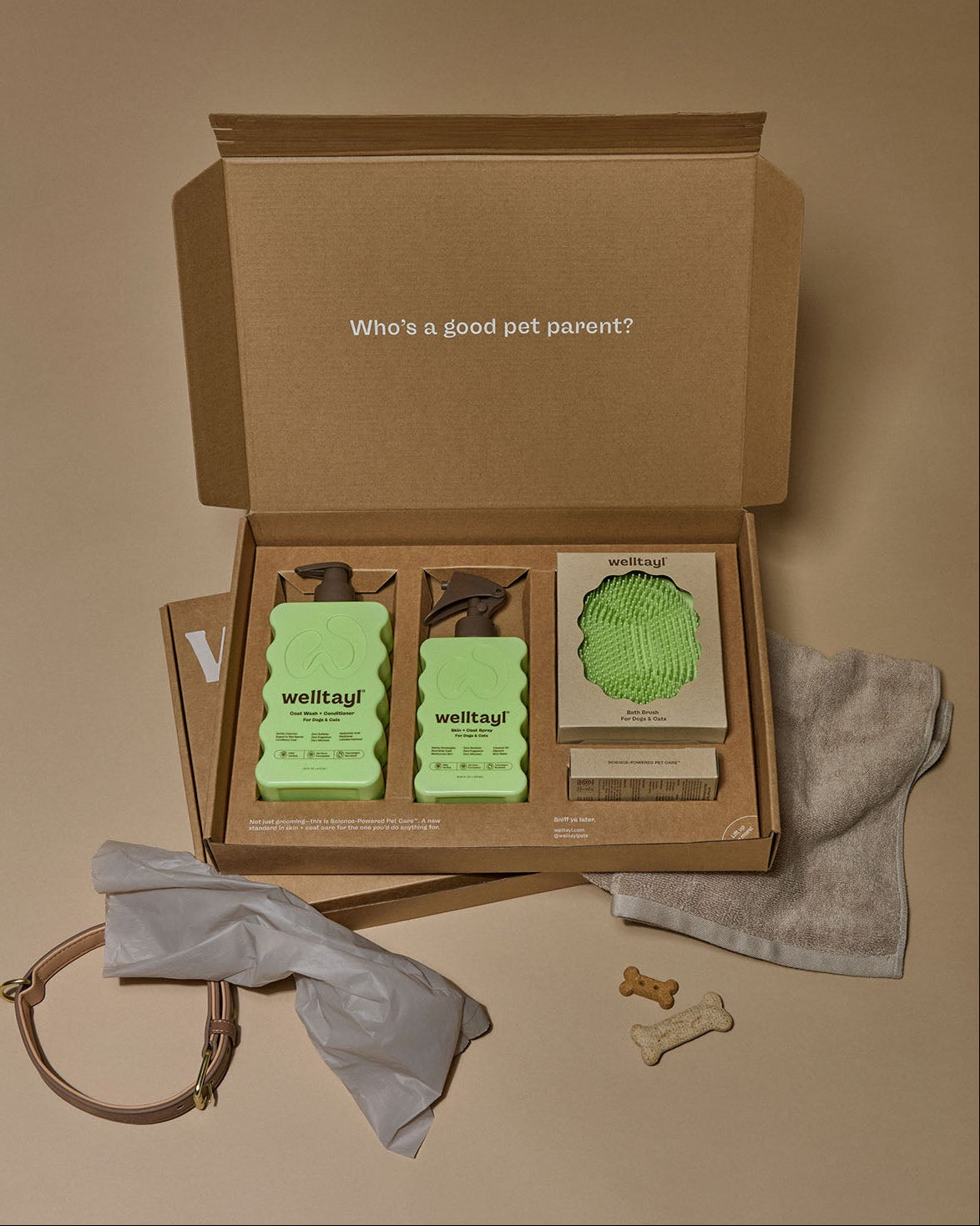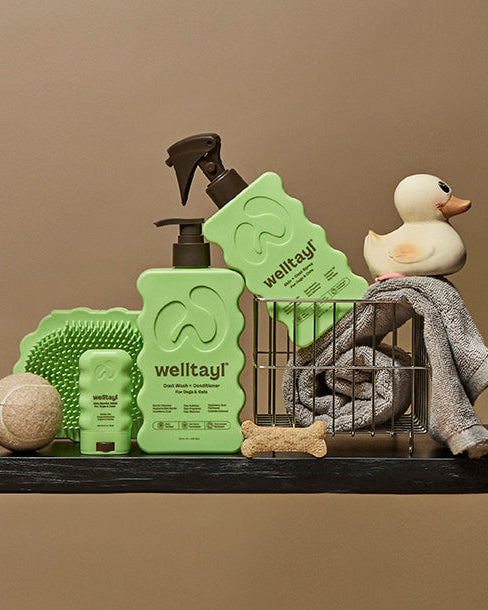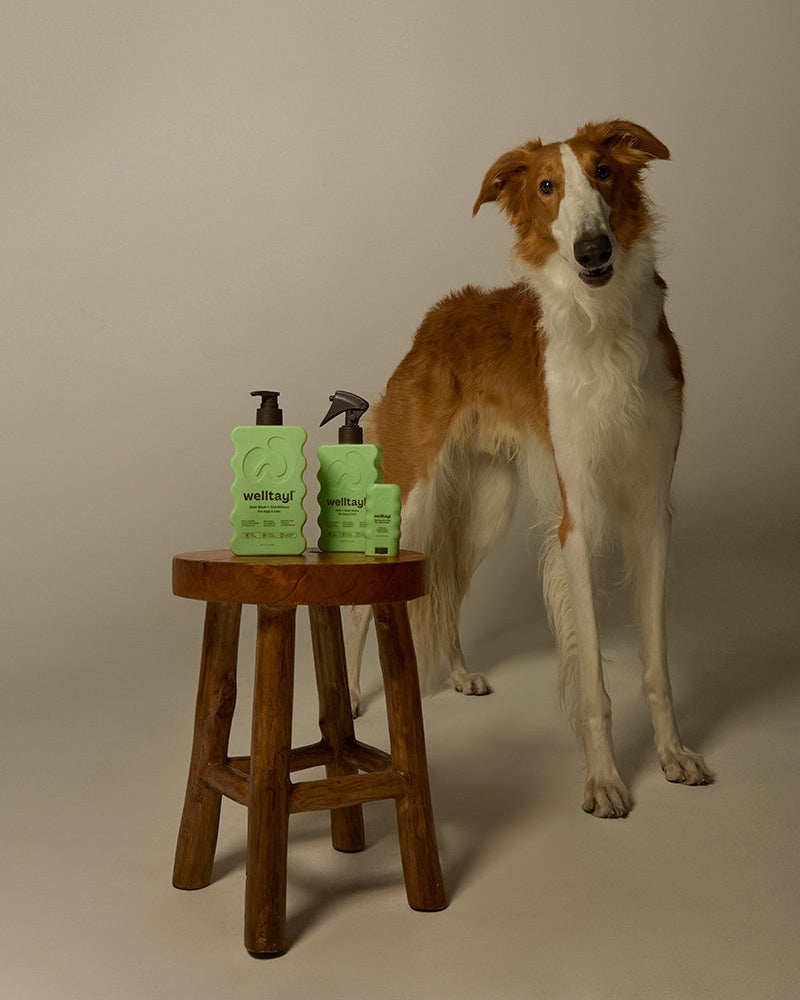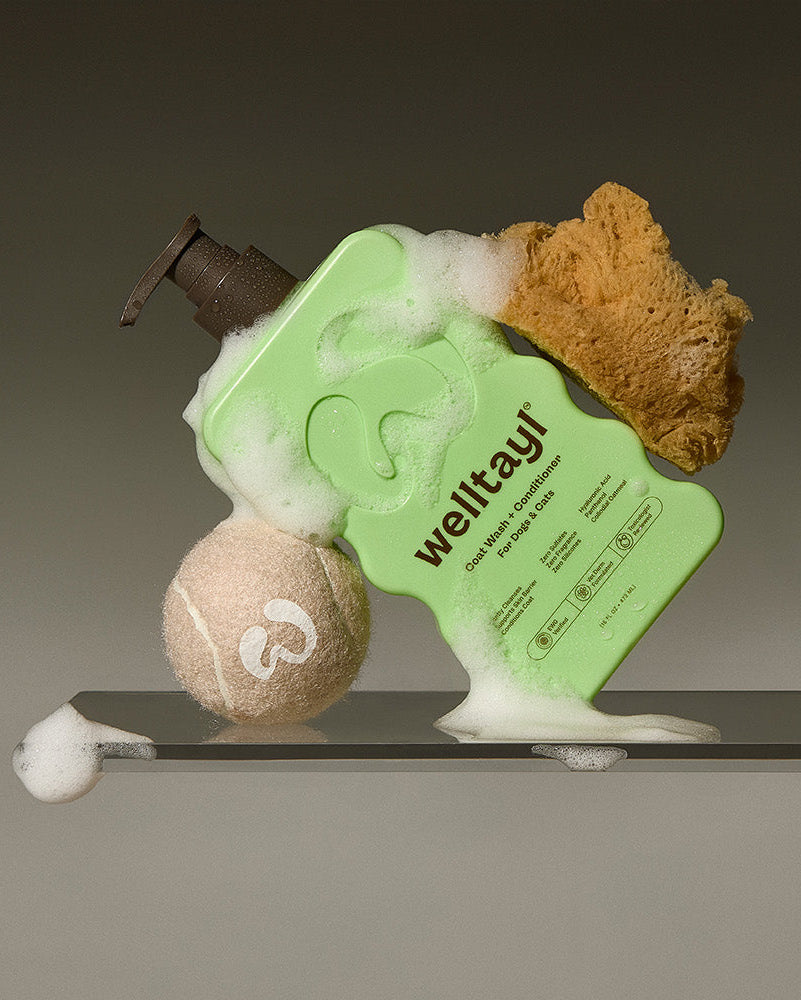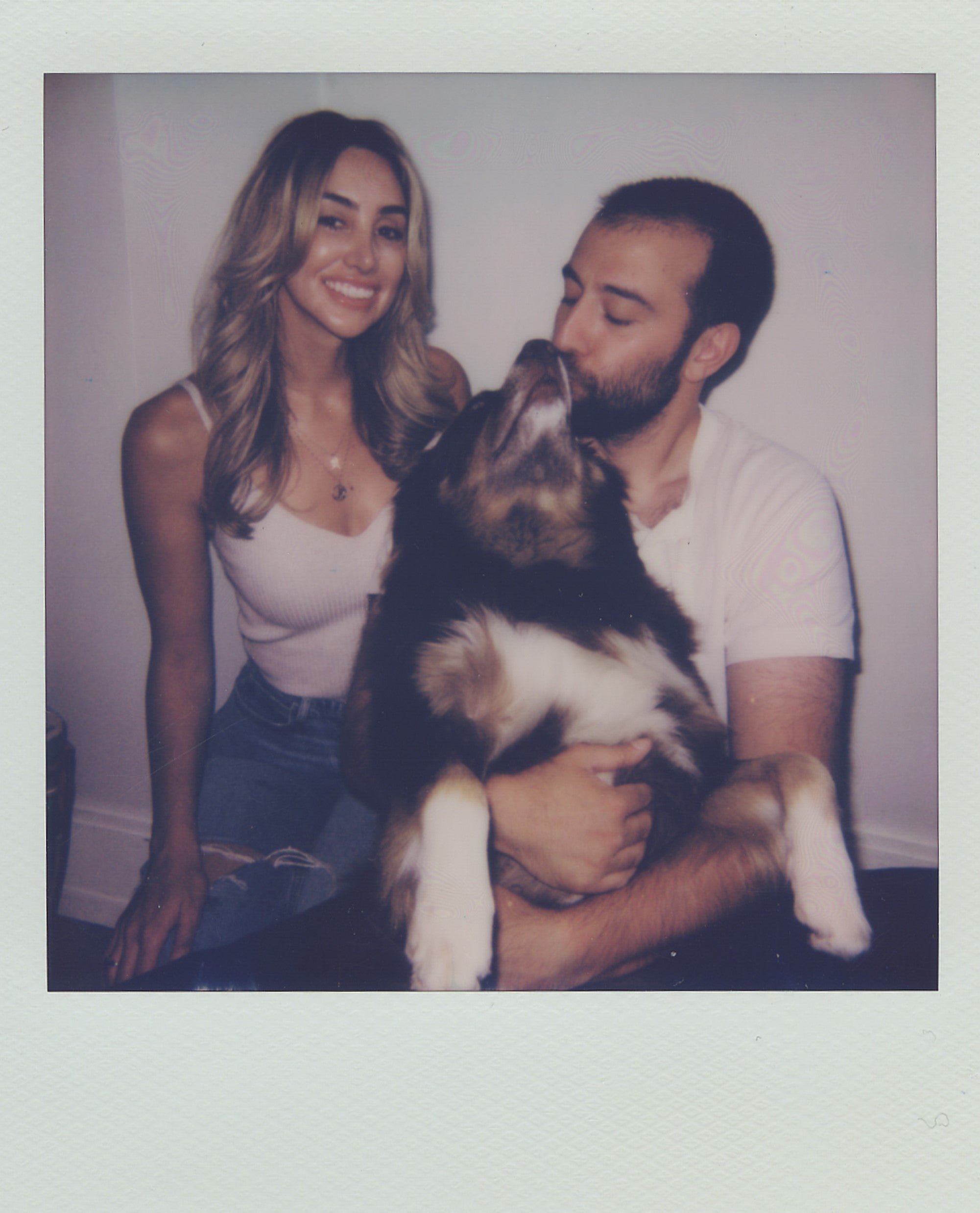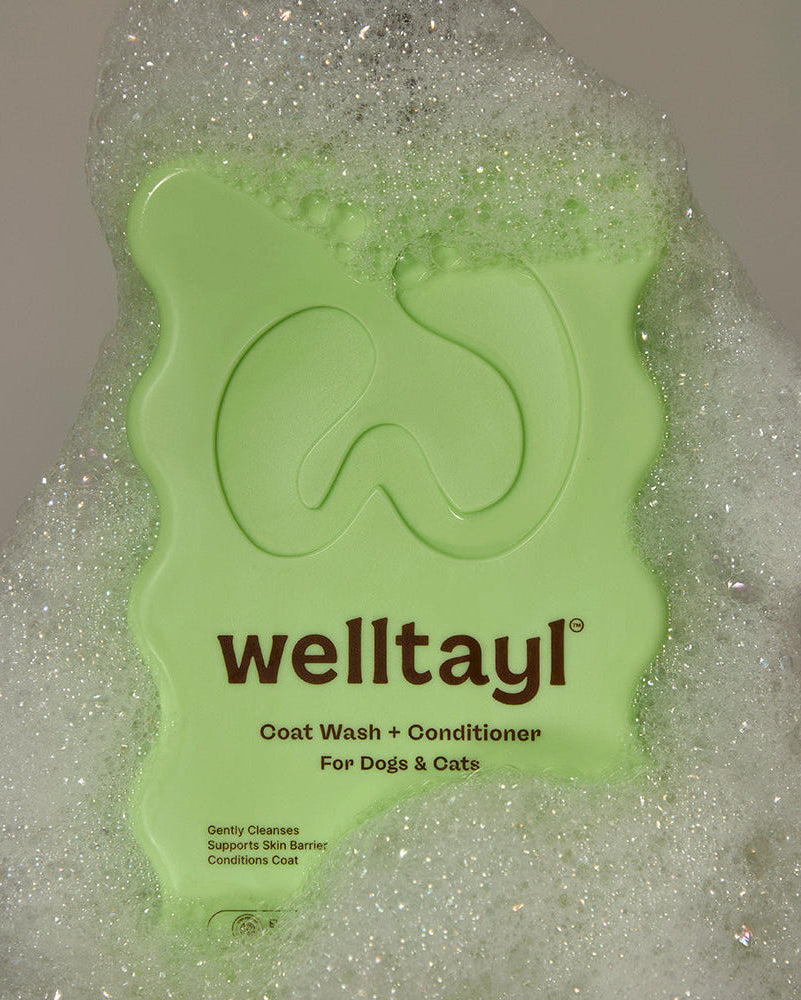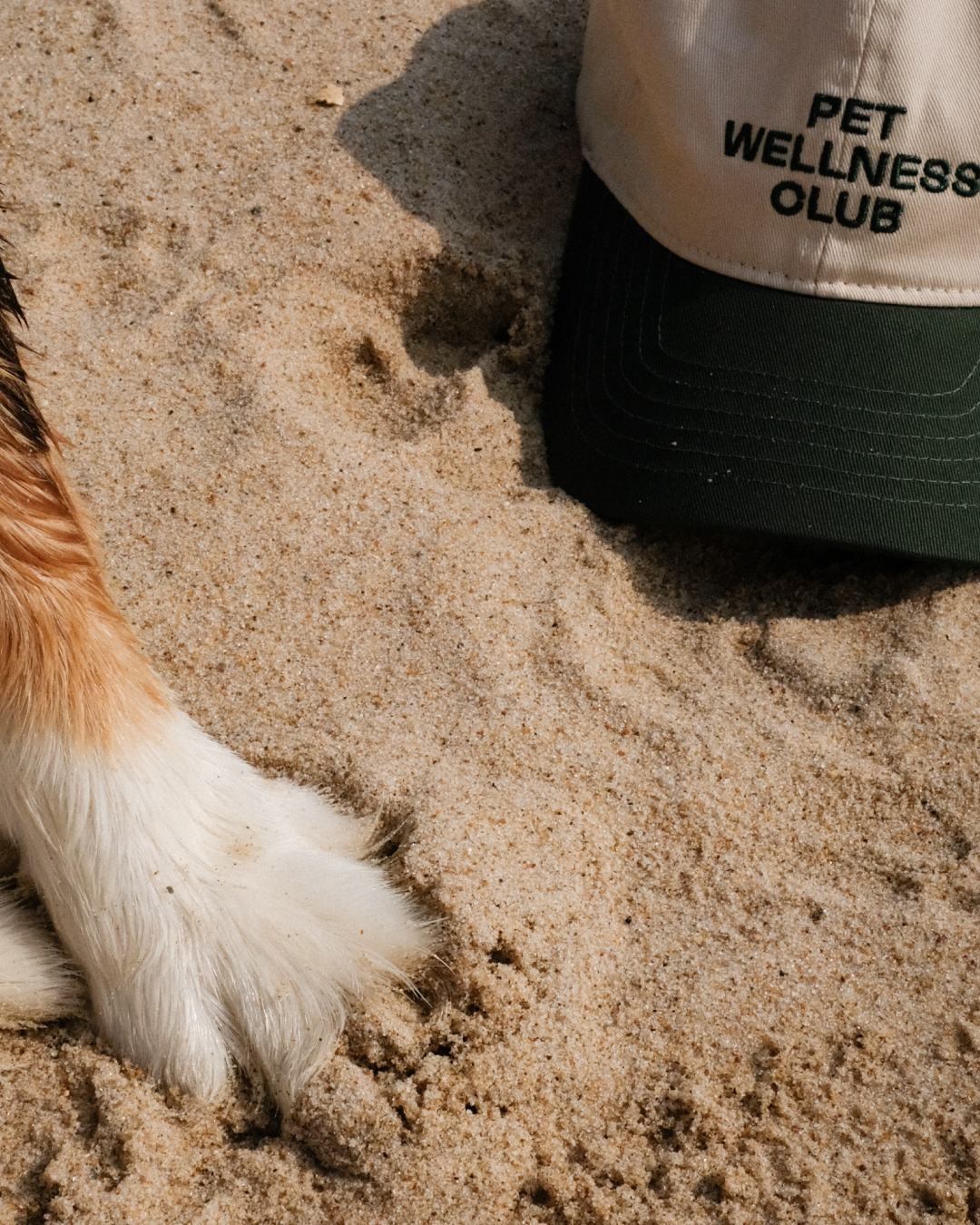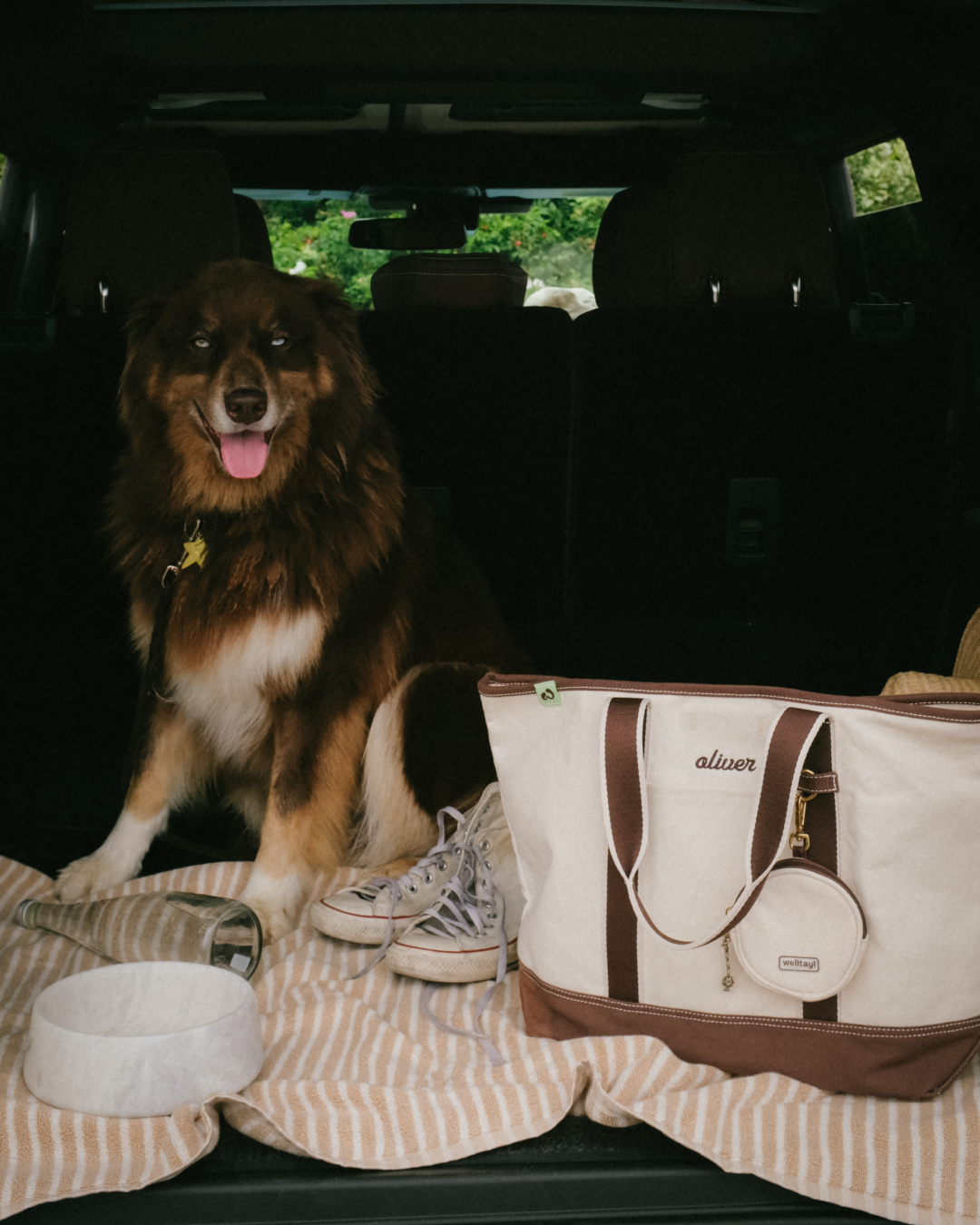Just like you slather on sunscreen before hitting the beach, your pet needs protection from the sun too! Surprisingly, dogs can get sunburned just like us, especially those with lighter skin or sparse fur. But before you reach for your bottle of human sunscreen, it’s important to know that not all sunscreens are safe for your dog.
Choosing the right sunscreen is crucial. Dogs have sensitive skin, and some ingredients in human sunscreens can be harmful to them. That's why veterinarians recommend using products specifically formulated for dogs.
Protecting your dog from the sun isn't just about comfort; it's about health. So let’s dive into how you can keep your companion safe and happy in the sun.
Table of Contents:
- Key Takeaways
- Importance of Sun Protection for Dogs
- Choosing the Right Sunscreen for Dogs
- How to Properly Apply Sunscreen on Dogs
- Conclusion
- Frequently Asked Questions
Key Takeaways
- ☀️ Importance of Sun Protection: Sunscreen is crucial for dogs, particularly those with light skin, sparse fur, or exposed areas, to prevent sunburn and reduce the risk of skin problems, including skin cancer.
- 🧴 Choosing the Right Sunscreen: Select dog-specific sunscreens that are free from potentially harmful ingredients like zinc oxide, cinnamates, salicylates and PABA, to ensure safety and effectiveness.
- 🎯 Application Areas: Key areas to protect include the nose, ears, belly, inner thighs, and any other bald spots. These areas are more prone to ultraviolet (UV) damage and require thorough coverage.
- 🔄 Reapplication Tips: Apply sunscreen at least 30 minutes before outdoor activities and reapply every two hours, or immediately after swimming, to maintain protection against harmful UV rays.

Importance of Sun Protection for Dogs
Sun protection plays a critical role in ensuring your dog’s health and well-being. Just like humans, dogs are susceptible to the harmful effects of UV rays, making sun protection essential for their overall health care.
Why Dogs Need Sunscreen
Dogs, particularly those with exposed noses, ears, and areas of thin or no fur, need sunscreen because these parts are highly susceptible to the harmful effects of UV rays. If left unprotected, these vulnerable areas can suffer from sunburn, leading to discomfort, and potentially more serious skin conditions or skin cancer over time. By applying sunscreen, you provide a protective barrier that reduces the risk of sun damage and maintains your dog’s skin health.
Dogs at Higher Risk of Sunburn
Certain dogs face a higher risk of sunburn due to their physical traits and conditions. Dogs with white fur, pink skin, sparse coats, or light-colored noses are particularly vulnerable. Additionally, those experiencing excessive shedding or hair loss, or recovering from medical treatments like surgery after which areas of the body may be shaved, also require extra protection. These dogs benefit significantly from regular sunscreen application to exposed areas.
Choosing the Right Sunscreen for Dogs
Protecting your dogs from the sun isn't just about finding any sunscreen; it's crucial to choose the right one that ensures their safety and health.
Characteristics of Dog-Sunscreen
Dog-approved sunscreens share several important features that make them suitable for your pet's delicate skin. First and foremost, they should contain ingredients like titanium dioxide, an effective physical barrier against UV rays that's safer for dogs. Safety ranks high on the list, so these sunscreens typically avoid chemicals that could harm your pet if ingested. Additionally, labels like "FDA approved for veterinary use" indicate that the product meets specific criteria for safety and efficacy in dogs.
Unsafe Ingredients to Avoid
When selecting a sunscreen for your dog, it's vital to know which ingredients could pose a risk. Avoid zinc oxide, as it's highly toxic when ingested and can lead to severe issues like anemia. Other ingredients to steer clear of include cinnamates, PABA, and salicylates, known for causing stomach irritation and potential aspirin poisoning if consumed in large quantities. Sunscreens containing these compounds may offer UV protection but do come with some risk if ingested.
To keep your beloved pets safe, always choose sunscreens that are specifically formulated for dogs. These products will avoid hazardous chemicals and safely protect your pet from the sun's harmful effects. Sign up for the Welltayl newsletter for more!

How to Properly Apply Sunscreen on Dogs
Applying sunscreen on your dog is essential to protect their skin from harmful UV rays, especially if they spend a lot of time outdoors. Let's delve into the specifics of how to do this effectively.
Step-by-Step Application Guide
- Select the Right Product: Choose a sunscreen that’s specifically formulated for dogs. It should be free from harmful chemicals like zinc oxide, PABA, salicylates, and propylene glycol, offering broad-spectrum UVA and UVB protection with an SPF of 15 or 30.
- Test for Sensitivity: Before applying it fully, test the sunscreen on a small patch of your dog's skin. Monitor for signs of irritation or allergic reaction over a couple hours. If adverse effects occur, discontinue use and consult your vet.
- Apply Carefully: Use a small amount of sunscreen on your fingertips and gently apply it to the most exposed areas. These include your dog’s nose, tips of its ears, and any other areas with sparse fur. Avoid areas near the eyes and mouth where your dog could easily ingest the sunscreen.
- Distract Your Dog: After application, give your dog a toy or a treat to distract them. This prevents them from licking off the sunscreen before it absorbs effectively into the skin.
- Reapply Regularly: Sunscreen wears off, especially if your dog is active outdoors. Reapply every few hours, especially if your dog is spending a prolonged period in the sun, after swimming, or if the sunscreen seems to have rubbed off.
Key Areas to Cover
When applying sunscreen to your dog, certain areas are particularly vulnerable to sunburn and require careful attention. Here's how to ensure full coverage:
- Nose: The nose is often exposed and can easily get sunburned. Gently apply sunscreen to this area, making sure it's evenly distributed.
- Ears: Since they're frequently uncovered, the ears also need protection. Cover the outer surfaces well.
- Belly: The belly, especially in dogs with thin or light-colored fur, can easily catch sun rays. Spread the sunscreen across this area thoroughly.
- Inner Thighs: This area often has less fur and is exposed to the sun when your dog sits or lies down. Don’t forget to apply sunscreen here.
- Bald Spots: Any patches without fur should be carefully covered with sunscreen to prevent burns.
Frequency of Application
To maintain effective protection from the sun, you need to reapply sunscreen at specific intervals:
- Initial Application: Apply the sunscreen at least 30 minutes before your dog goes outside. This time allows the sunscreen to fully absorb into the skin and start protecting.
- Reapplication: Reapply the sunscreen every two hours. If your dog goes swimming or if the sunscreen gets wiped off, apply it again immediately after they're dry.
Conclusion
Protecting your dog from the sun is crucial, especially during those bright days spent outdoors. By selecting the right sunscreen—specifically one approved for veterinary use—you're taking a significant step in preventing sunburn and ensuring your pet's well-being. Remember to cover those sensitive areas like the nose and ears and keep up with reapplication every two hours or after your dog goes for a swim. With these practices in place, you can enjoy sunny days with your furry friend worry-free.
Frequently Asked Questions
What kind of sunscreen should I use on my dog?
It's crucial to use a sunscreen that is specifically formulated for dogs. Look for products that contain ingredients like titanium dioxide as it is safer than alternatives and provides an effective UV barrier.. Avoid sunscreens with harmful ingredients like zinc oxide, which is toxic to dogs.
How often should I reapply sunscreen on my dog?
You should reapply sunscreen on your dog every two hours and always after your dog has gone swimming. Consistent reapplication ensures that the sunscreen continues to protect your dog’s skin from harmful UV rays.
Where should I apply sunscreen on my dog?
Sunscreen should be applied on parts of your dog's body that are most exposed to the sun and have less fur, such as the nose, ears, belly, inner thighs, and any other bald spots. These areas are particularly prone to sunburn and require extra protection.
Is sunscreen alone sufficient to protect my dog from the sun?
While sunscreen is essential, it is not the only measure you should take to protect your dog from the sun. Pairing sunscreen with physical shade and avoiding outdoor exposure during peak sunlight hours (10 AM to 4 PM) will provide the best protection against UV radiation.
Can I use my sunscreen on my dog if I run out of dog-specific sunscreen?
It is not advisable to use human sunscreen on your dog.
Many human sunscreens contain ingredients like zinc oxide which is toxic to dogs if ingested. Always keep a pet-specific sunscreen on hand to ensure your dog’s safety and health.
Resources:
- “Zinc toxicity in dogs," NCBI
- “Sunscreen for dogs," PubMed | PubMed
- “Effects of UV rays on dogs," PubMed
- “Solar Dermatitis in Dogs," VIN
Read more

A comprehensive guide to common dog skin conditions, their causes, symptoms, and effective treatments. Keep your pet healthy and happy.

How much sleep does your dog need? Learn tips to improve his sleep quality. Keep your dog healthy by understanding his sleep patterns. Read more now!

